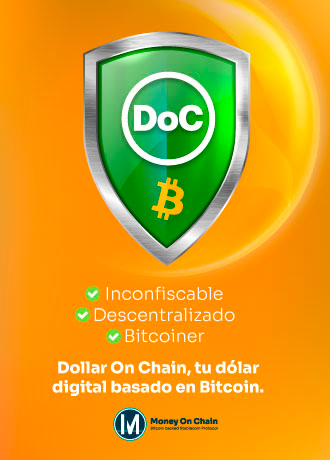Polymarket acaba de demostrar que sí. Tras meses de incertidumbre regulatoria y una investigación federal que incluyó el allanamiento al domicilio de su fundador, la plataforma recibió finalmente la aprobación de la CFTC, un paso que redefine el futuro de las prediction markets en el país.
La autorización marca el mayor avance regulatorio para Polymarket desde su creación y abre la puerta para que sus mercados puedan ser ofrecidos mediante corredores registrados y entidades financieras en territorio estadounidense.
Un permiso que cambia por completo su operación en EE. UU.
Según el comunicado oficial, la aprobación permite a la empresa operar bajo “el conjunto completo de requisitos aplicables a los intercambios regulados federalmente”, lo que significa que la compañía podrá integrarse a la estructura formal del sistema financiero estadounidense.
Este cambio redefine el modelo de negocio:
acceso directo a brokerages regulados,
incorporación de usuarios institucionales,
compatibilidad con infraestructuras existentes de trading,
y apertura a nuevos flujos de liquidez.
Para Shayne Coplan, fundador y CEO, el visto bueno de la CFTC marca “un paso hacia la madurez y la transparencia que exige el marco regulatorio estadounidense”, enviando una señal de confianza al mercado y a futuros socios corporativos.
La decisión además incrementa la presión sobre competidores como Kalshi, que ha capitalizado la imposibilidad previa de Polymarket para operar legalmente en el país. Los datos de Token Terminal muestran que Polymarket domina el volumen anual con $18.0B, por encima de Kalshi con $16.4B, y el reciente respaldo regulatorio podría ampliar aún más esa brecha.
Una salida del laberinto regulatorio
La aprobación llega tras un periodo complicado.
Durante meses, Polymarket estuvo bajo investigación no solo de la CFTC sino también del Departamento de Justicia. El caso se centró en determinar si la plataforma permitió que usuarios estadounidenses realizaran operaciones que requerían licencias especiales o supervisión directa de la agencia.
El punto más crítico ocurrió cuando el FBI allanó la residencia de Coplan, incautando dispositivos electrónicos como parte de la investigación.
Con el cierre del proceso y bajo supervisión directa de la CFTC, Polymarket obtiene ahora un marco regulatorio claro. Esta estabilidad llega en un momento donde el Congreso debate un proyecto de ley de estructura de mercado que podría expandir aún más la autoridad del regulador sobre activos digitales, afectando directamente a plataformas de predicción descentralizadas.
La regularización no solo elimina incertidumbre: también sienta bases sólidas para explorar nuevas vías, incluida una eventual llegada a los mercados públicos. Polymarket alcanzó una valuación de $10.000 millones en octubre tras una inversión de $2.000 millones por parte de ICE, empresa matriz de la Bolsa de Nueva York (NYSE).
Un futuro condicionado por cambios en el liderazgo del regulador
Mientras Polymarket celebra, la CFTC se prepara para una nueva etapa.
El Senado avanza hacia la confirmación de Michael Selig, actualmente en la SEC, como próximo presidente del organismo. Su perfil técnico y su experiencia en regulación de mercados digitales podrían acelerar la adopción de marcos más claros para plataformas de predicciones y derivados cripto.
Pero la agencia no estará completamente equipada:
cuatro puestos de comisionados siguen vacantes y, al 25 de noviembre, la Casa Blanca aún no ha anunciado a los nominados.
Esto crea un escenario en el que Polymarket avanza con una licencia histórica, pero bajo una CFTC en transición, un factor que podría influir en el ritmo de implementación regulatoria durante los próximos meses.






